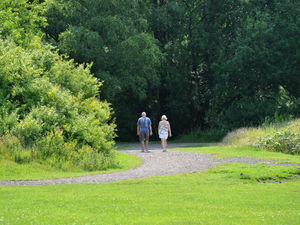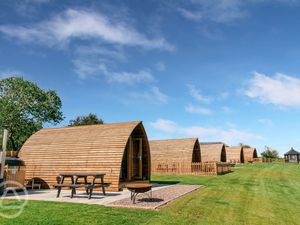Coronavirus: Facing up to wearing masks
We're masking up. And it's a bit like the war – but only a bit, because even in the darkest days of the conflict there was no legal compulsion to carry gas masks, let alone wear them.
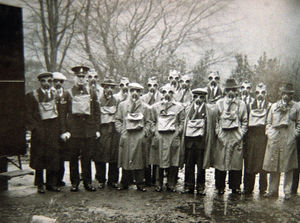
The threat today does not come from Hitler, but from the deadly coronavirus pandemic.
For perhaps the first time in British history a generation is, by law, having to get used to wearing face coverings – they don't actually have to be masks – while going about their ordinary business, in this case travelling on public transport in England.
Get on a bus or a train without a face covering and you will be thrown off again, or potentially hit with a penalty fine.
We are seeing scenes which are vaguely reminiscent of those black and white newsreels showing Britons doing gas mask practice amid fears that poison gas would be used against the populace during the Blitz.
More Covid-19 coverage:
Carry your gas mask at all times, went the wartime advice. There were respirators for babies, for children, and for adults. Thankfully Britain never was to come under a gas attack.
There are important differences to what we are seeing today. Back then, the masks were issued by the Government. In the face of coronavirus in 2020, the public is expected to sort itself out, although to be fair making your own face covering can't be that difficult.
How long are we going to be required to wear them? For children of the wartime generation the novelty of gas masks soon wore off and they quickly became a pain for more or less everybody.
They stank of rubber and the eyepieces would steam up so that you couldn't see properly. Children would let air in to clear them, which obviously would not be a good idea were they ever to be worn in earnest.
They could never be a fashion item, although there was competition among children to wear the "Mickey Mouse" design, which mainly had a red facepiece and blue canister, rather than the boring standard design.
In any event, the gas masks made people look alien, inhuman.
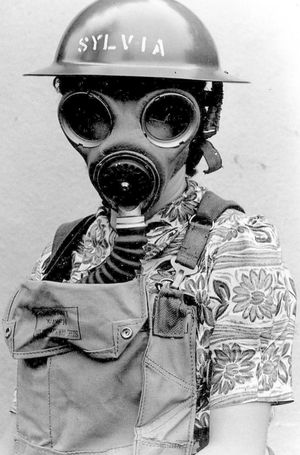
The gas mask for babies was a respirator which enclosed both head and body, which had to be continually pumped. Stop pumping, and the baby would suffocate.
While that strong official advice was to always have your mask with you, it was not a legal requirement. Nevertheless, some workplaces would send employees home if they had not got them with them, and schoolchildren who did not take them to school might be sent home by their teachers to fetch them.
And while those gas masks of 80 years ago were to keep people from breathing in deadly gas, the balance of scientific opinion is that the principal benefit of face coverings in 2020 is that if you have coronavirus it helps stop you from infecting those around you.
Although it's natural to assume that civilian gas masks were a wartime item, it was actually in 1938 that they were first issued to every member of the population.
With the threat of war looming, there were many air raid exercises. Poison gas had been widely used on the battlefields of the Great War, and the fear was that Hitler would use poison gas bombs against the civilian population.
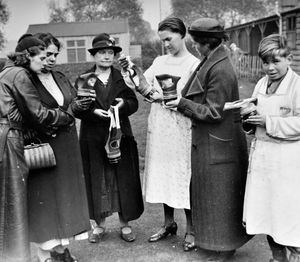
People received different respirators depending on who they were. There was a standard civilian pattern gas mask, but those in civil defence roles, like air raid wardens, received beefed up masks, and also carried rattles, like football rattles (whatever happened to them?), which they would use to warn people of a gas attack.
By the outbreak of war, 44 million gas masks had been issued.
Today's face masks are light and while they may take a while to get used to, they are not uncomfortable in the way the wartime gas masks were.
By the way, if you ever come across a Second World War gas mask it isn't a good idea to try it on as it could seriously injure your health.
According to a 1989 study by the Chemical Defence Establishment at Porton Down, most gas masks made just before and during the early part of the war had filters which were made with 80 per cent carded wool and 20 per cent asbestos. In about 1940 this asbestos wool was replaced by resin-impregnated wool. However, some 40 million respirators containing the asbestos wool had been issued by 1939.
According to one estimate, by the end of the war nearly 100 million civilian gas masks had been made.

